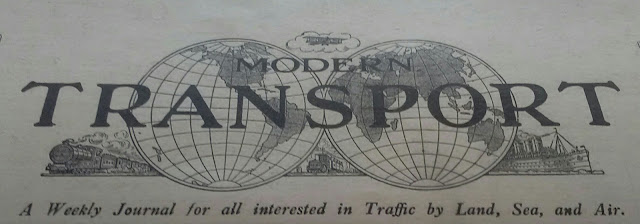From the Kearney Files
Modern Transport 17th May 1919
Commenced in February, ,1890 and opened in November, 1893, the River Clyde, situated about one mile below Glasgow Bridge, connects Finnieston with Mavisbank. The Glasgow Harbour Tunnel consists of three tubes, two of which are level from end to end and are connected with the surface by means of lifts, while one -- the middle tunnel -- rises to the surface on each side of the River Clyde by a gradient of one in three. Originally, the two side tunnels were used for vehicular traffic and the centre tube was used as a footway, the passengers paying a halfpenny to walk under the river. The vehicles were raised and lowered by means of hydraulic lifts. The tunnels were built for, and operated by, a private syndicate -- the Glasgow Harbour Tunnel Company -- until May, 1907, when, owing to the cost of operation and the competition of the steam steam ferries controlled by the Clyde Trustees, the tunnel company ceased operations and eventually, in 1913, disposed of their property to the Glasgow Corporation, under whose direction the two side tunnels have since been used, primarily for vehicular traffic.
Although the third tunnel was reopened in 1913 , so little use was made of it that it was not deemed necessary even to instal any lighting system and the tunnel eventually fell into disuse. Apart from their approaches, the tunnels are of the same overall dimensions, each being about 70 ft. below street level and approximately 60 ft. below high water and 850 ft. in length between approaches. The tunnels are built of iron segments and are of somewhat to those of the London Tubes.

Comments
Post a Comment